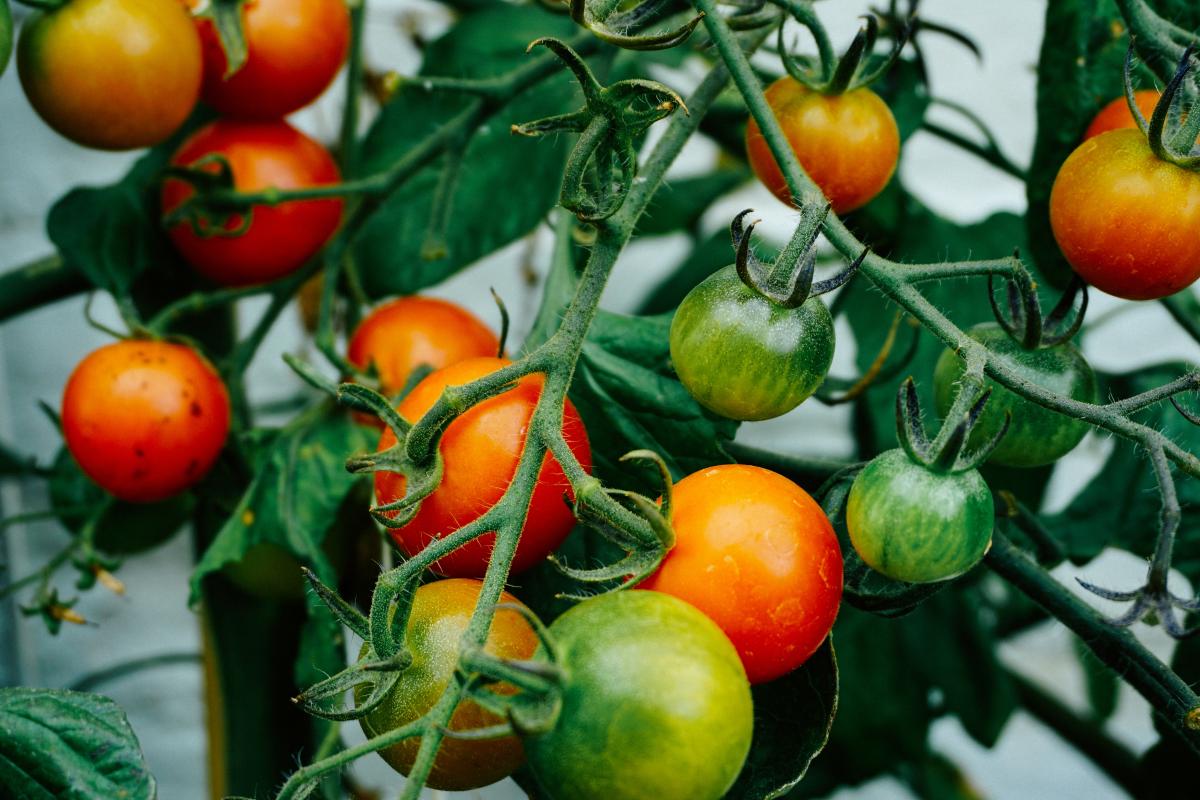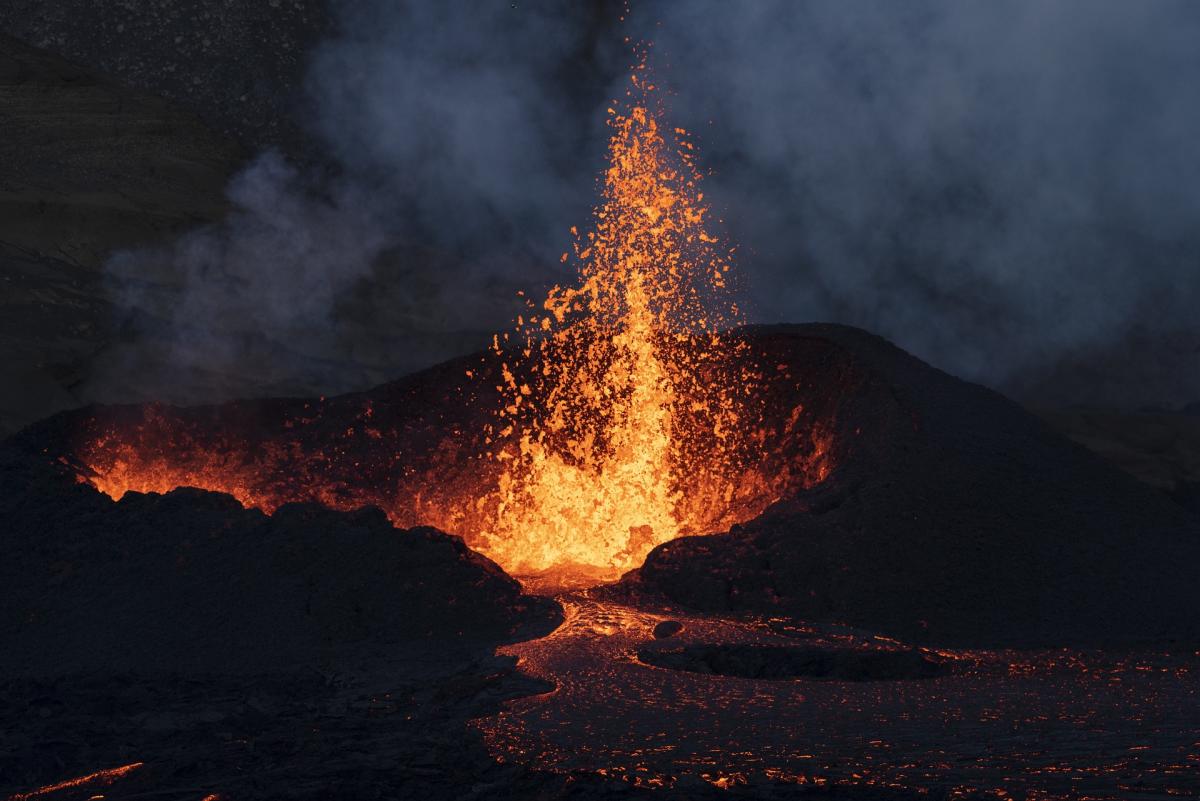
In this project students will be creating an agricultural community display. Students will need to create a proposal letter first to secure funding. Then they will create a blueprint that needs to be

This lesson is the first of two about vermicomposting. It explains what vermicomposting is and how to start a worm bin. The second lesson will discuss harvesting compost and moving worms to a garden

Urban Gardening; Part IV: Outdoor Container Gardening vs Indoor Hydroponics: An Experimental Project
This is the culminating lesson in the series of lessons comparing how garden growing techniques determine plant growth/production. In this lesson students will apply the Engineering Design Process as

This lesson teaches how to give and receive constructive feedback by using a group carousel feedback format, and how to create a compelling presentation using Keynote, Google Slides, or PowerPoint.

This lesson teaches 3D design using Tinkercad. It provides tutorials for teachers to use in a hands-on lab to orient students to 3D design so students can begin to draft their own prototypes.

This lesson introduces students to 3D printing. It provides some background videos on real-world 3D printing use, and then uses the Jot Notes technique to generate ideas for their own designs.

This lesson plan explores the science of natural disasters such as hurricanes, tornadoes, earthquakes, and volcanoes, and hurricanes. It is a lesson that would help enhance student's vocabulary and

This lesson is part of a 4-Day mini-unit developed for 7th and 8th grade about Ethics and Artificial Intelligence. This multi-activity lesson can be used as a stand-alone lesson to help students

This lesson is part of a 4-Day mini-unit developed for 7th and 8th grade about Ethics and Artificial Intelligence. This multi-activity lesson can be used as a stand-alone lesson to help students

This lesson is part of a 4-Day mini-unit developed for 7th and 8th grade about Ethics and Artificial Intelligence. This lesson can be used as a stand-alone lesson to support understanding Artificial

This lesson is part of a 4-Day mini-unit developed for 7th and 8th grade about Ethics and Artificial Intelligence. This introductory lesson can be used as a stand-alone lesson analyzing the meaning of

Using prior knowledge of vertices, angles and sides, students will explore the traits of six shapes, polygons and non-polygons, and correctly categorize shapes with corresponding traits.

In this lesson, students will apply the knowledge of calculating volume to determine the amount of soil they need to fill their planters. They will also use their skills to multiply and divide the

This is a series of lessons that discusses the process and factors that may affect and may not affect seed germination. This also builds the background of the students about the needs of the plants

In 5th grade Social Studies we learn about the American Revolution and study evidence of Espionage used by the Patriots to win the Revolution. Prior to the activity students will read a variety of

Methane emissions are far more potent then CO2 emissions in the short-run in the atmosphere yet this is rarely covered in the media. Students will create a multi-media public service campaign to cover

Students use color theory, write recipes, and use an iterative design process to create a natural dye.

Using the Engineering Design Process, students work in teams to create a covered wagon that the Bee-Bot pulls as they program on a mat from Missouri to Oregon. Students are learning about the Western

The lesson is designed for use as part of a unit on energy transfer within a system. Before doing this lesson, students should have a basic understanding of potential and kinetic energy. Students will

Students examine the relationship between a ball's bounce height and its drop height to see a linear relationship. They then calculate the slope of their data to compare "bounciness" with other groups

Students think about dipping a cube in paint, then count the amount of faces that are painted (either 1, 2, 3, or none) they then make a table with the data and are asked to find any patterns they may

Using Vernier motion sensor technology (not included) students will model their position vs time on Vernier Graphical Analysis.

This is part 2 of 2 where students will be conducting a life science experiment with their Worm Worlds created from part 1 and finding out what a red wiggler's favorite food is.

In this lesson, students conduct an experiment that answers the following driving question: Which type of bedding do red wigglers like better- coconut husk or shredded cardboard? This lesson allows
